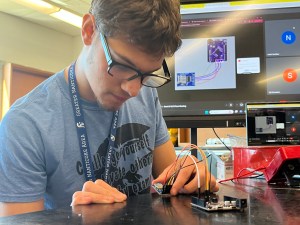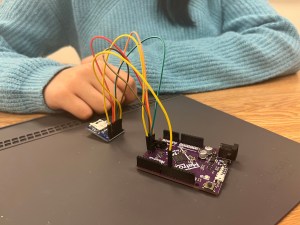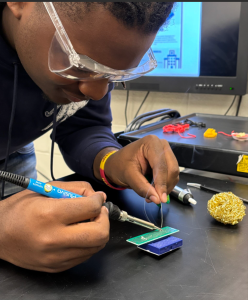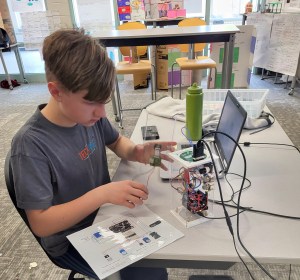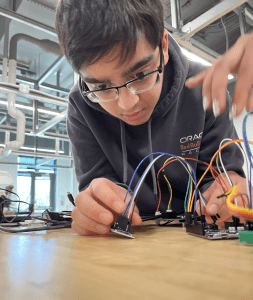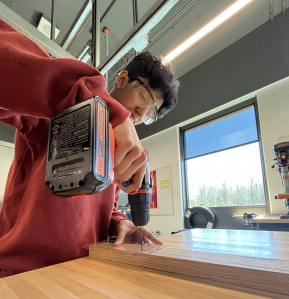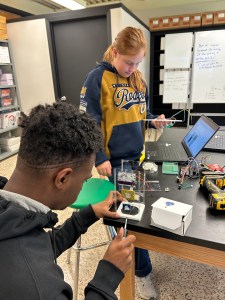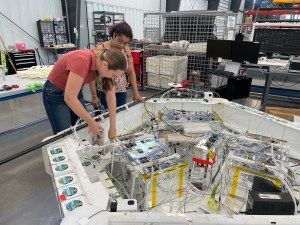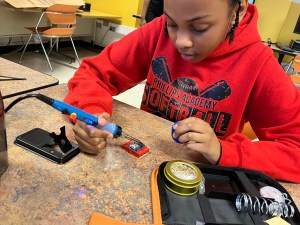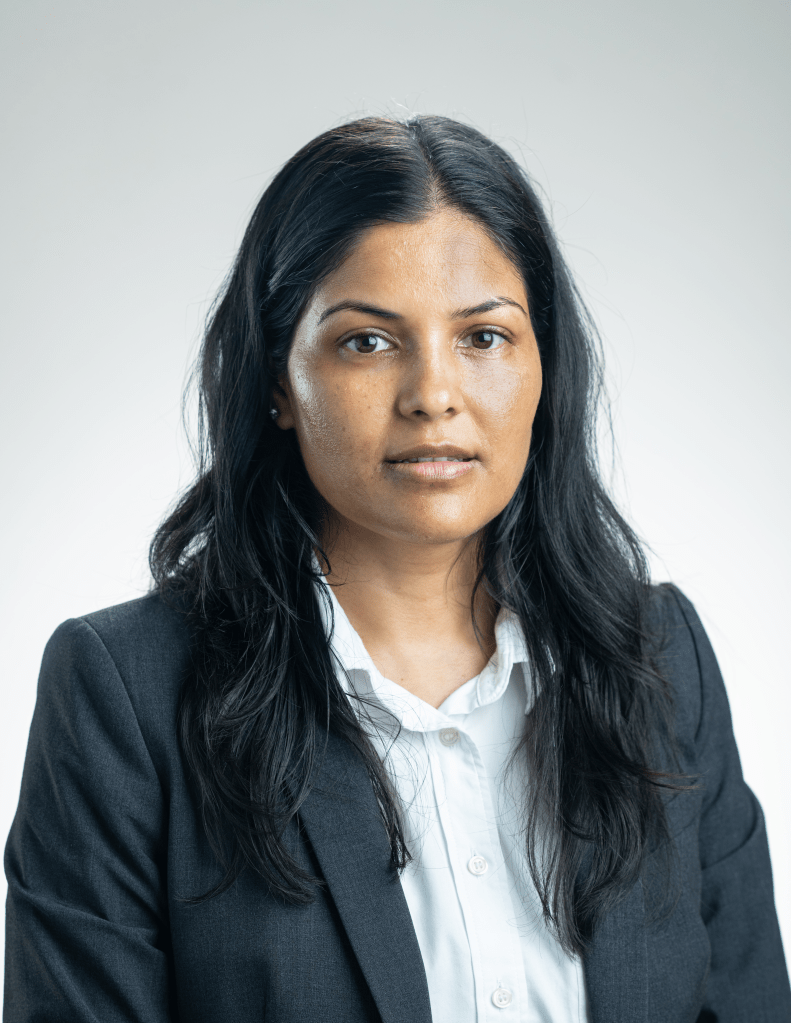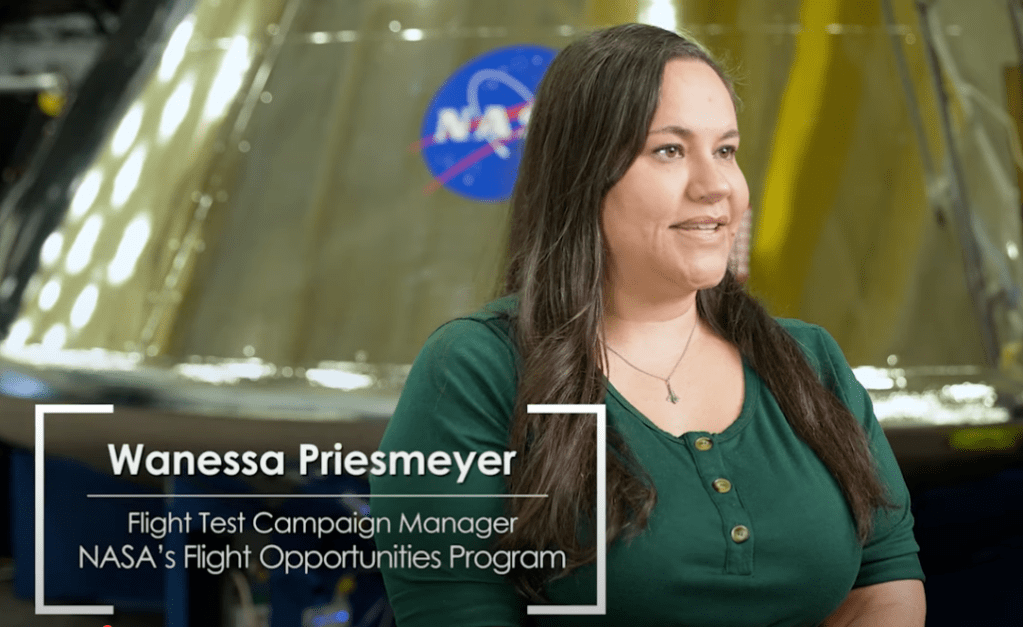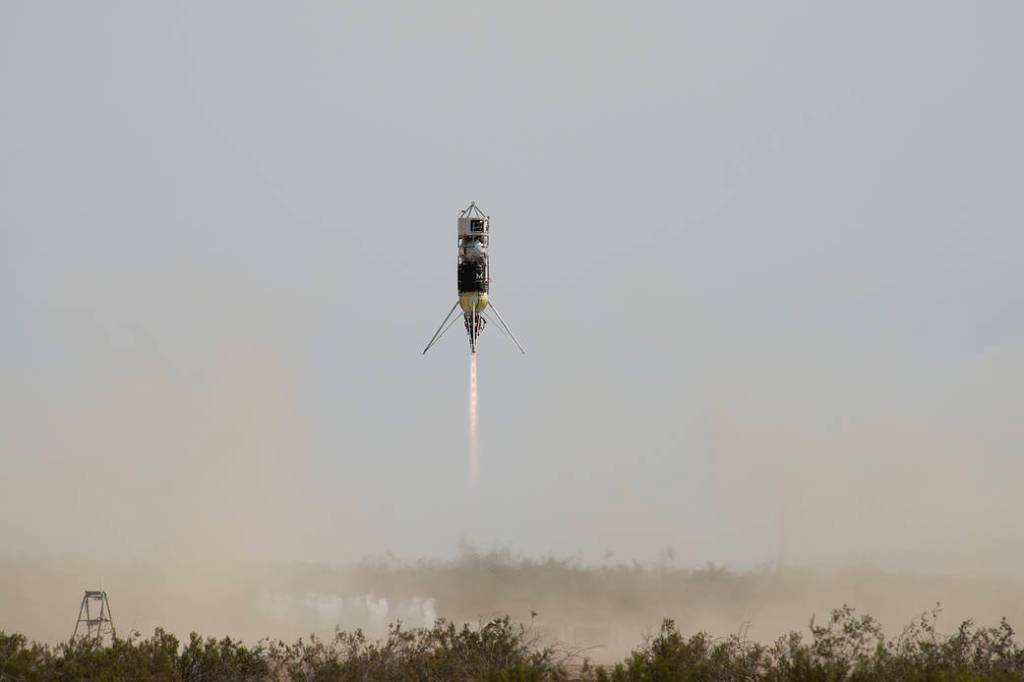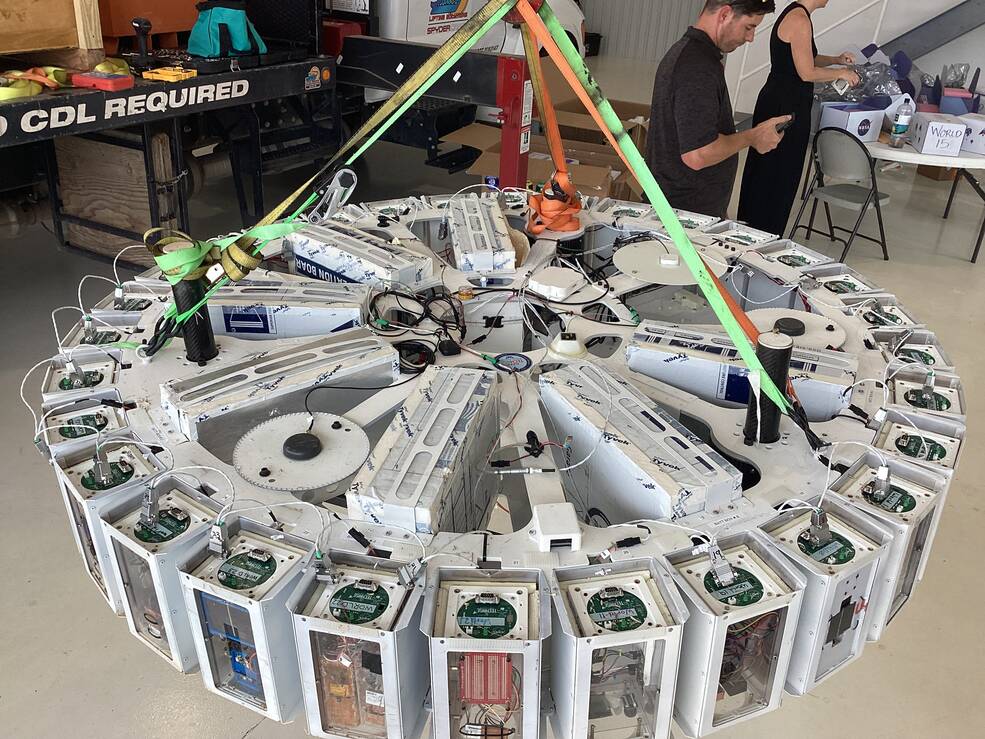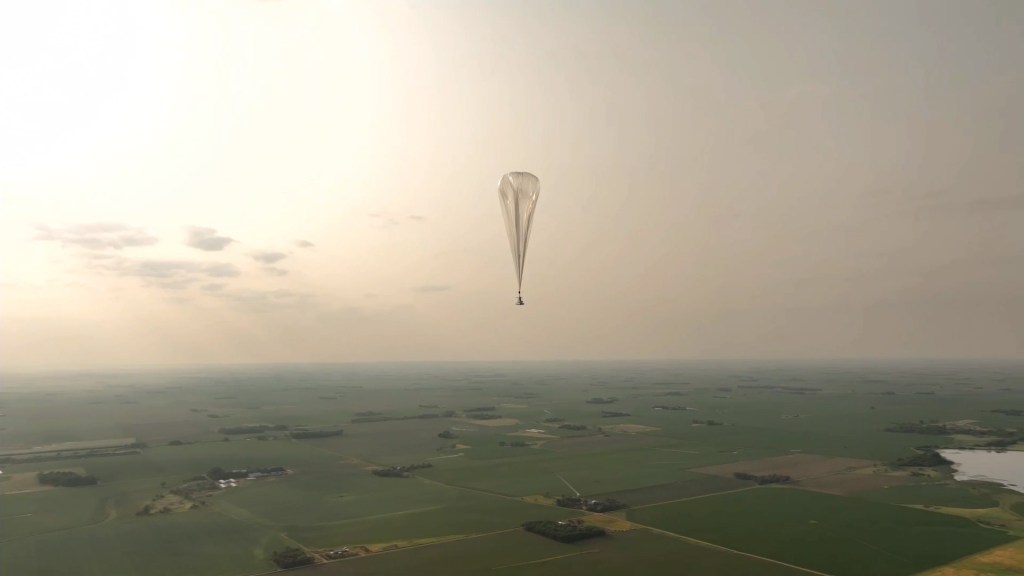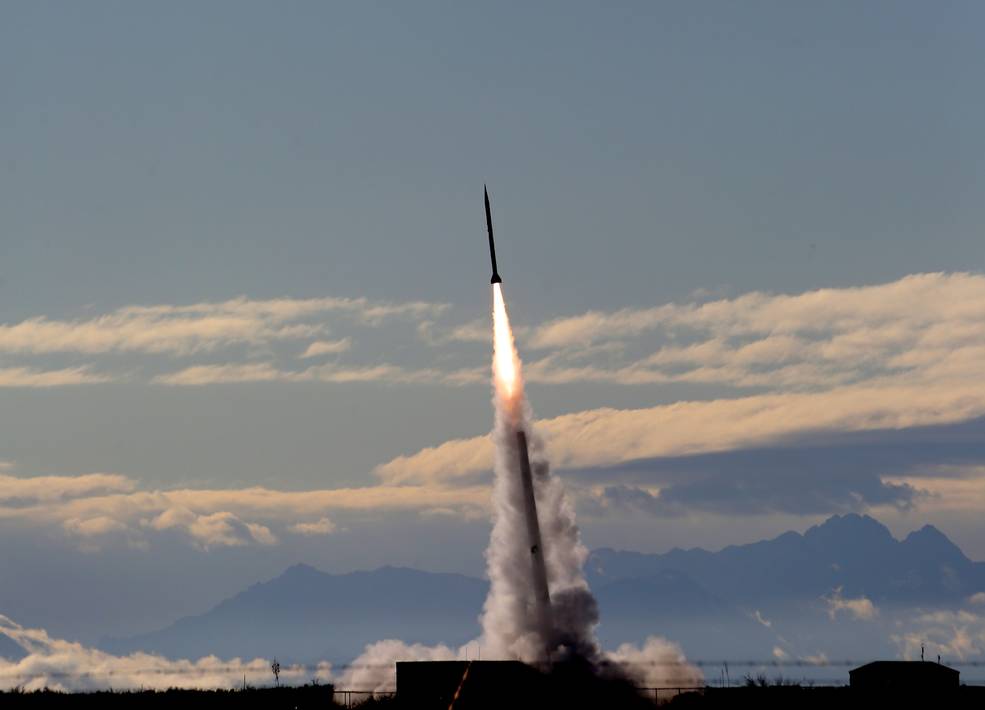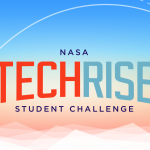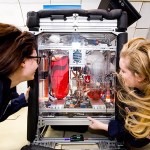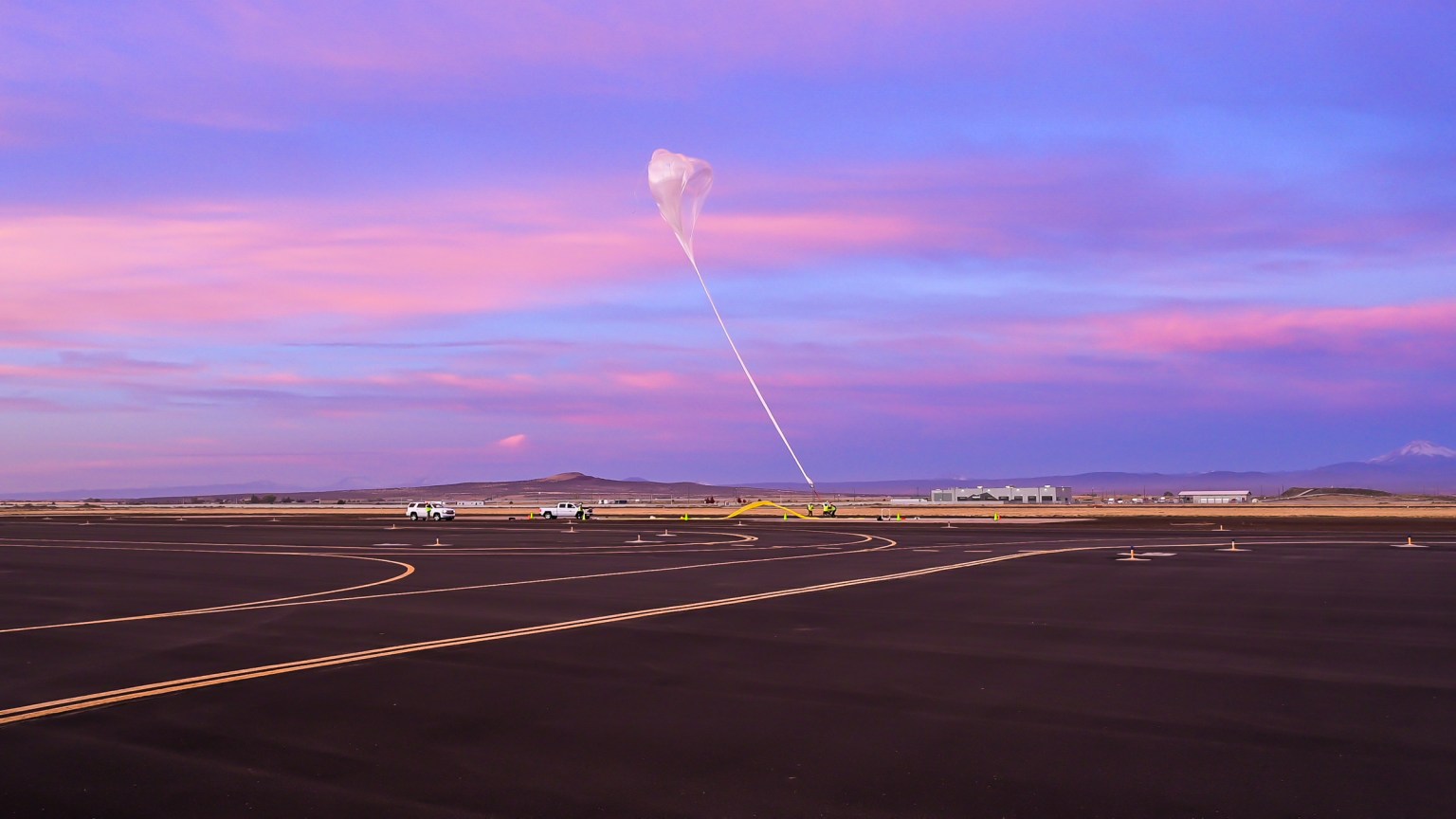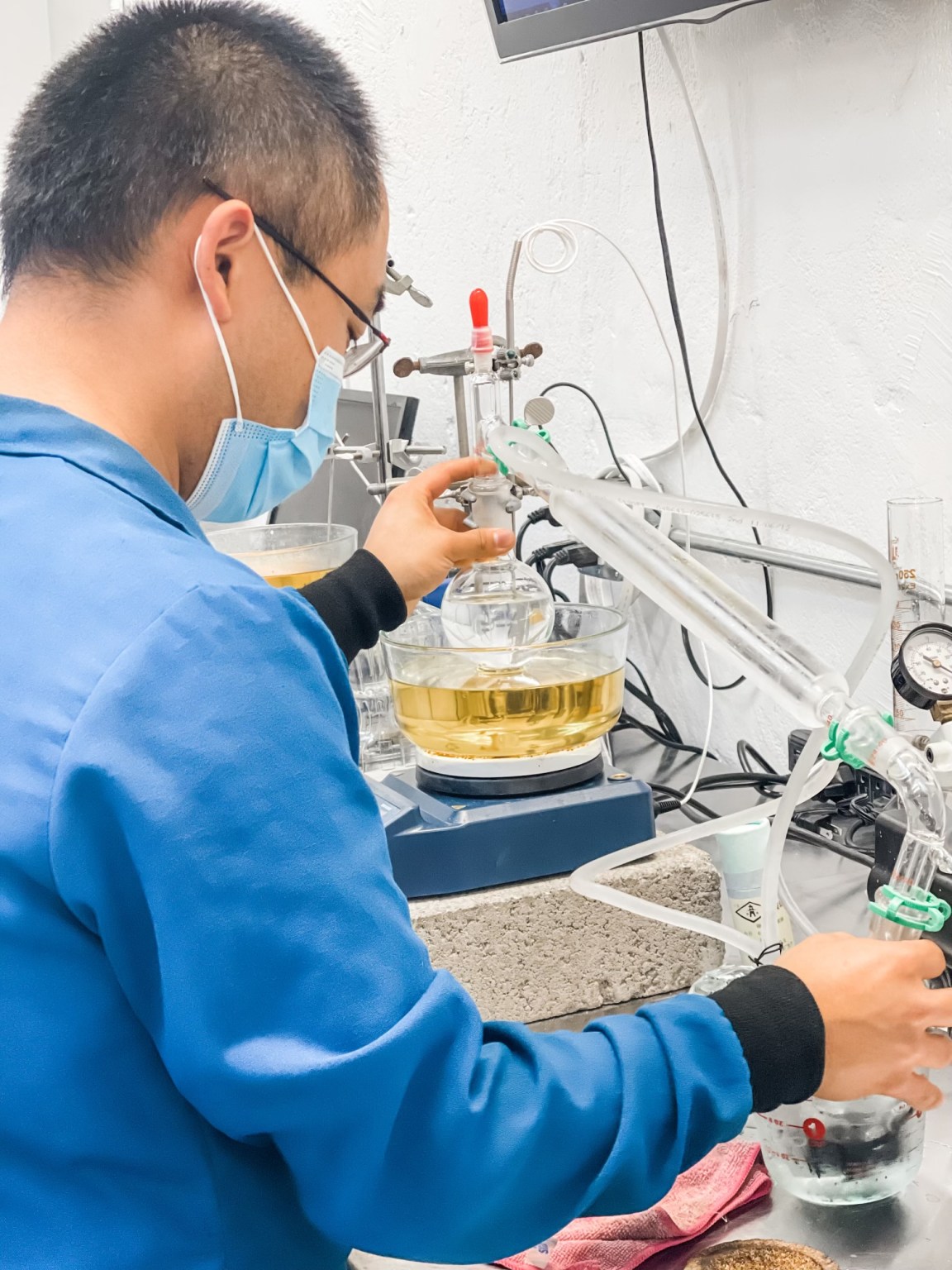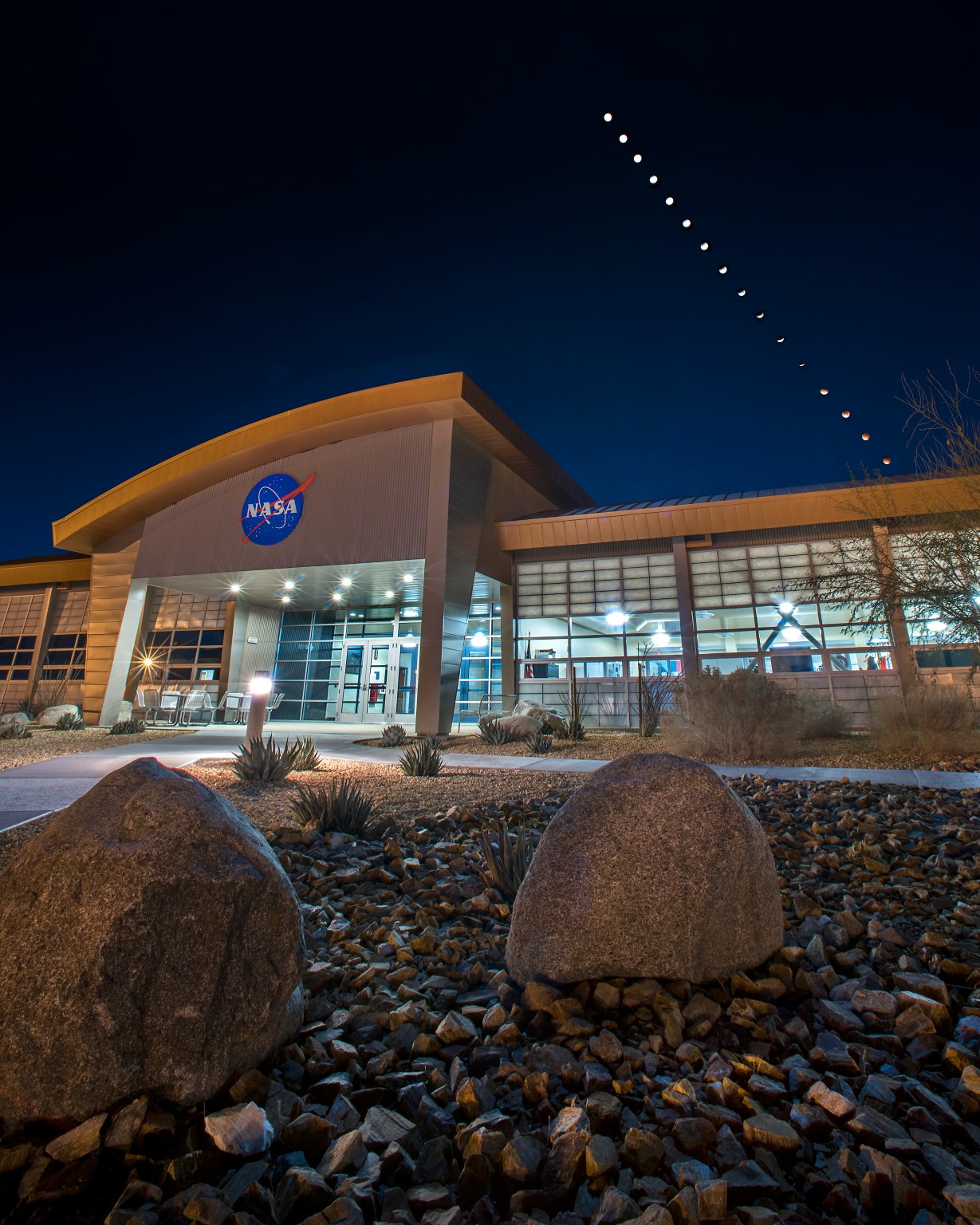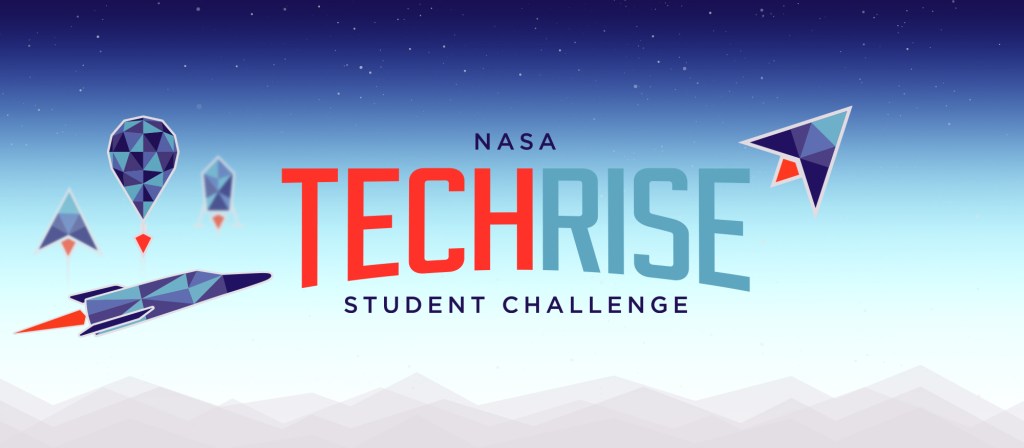
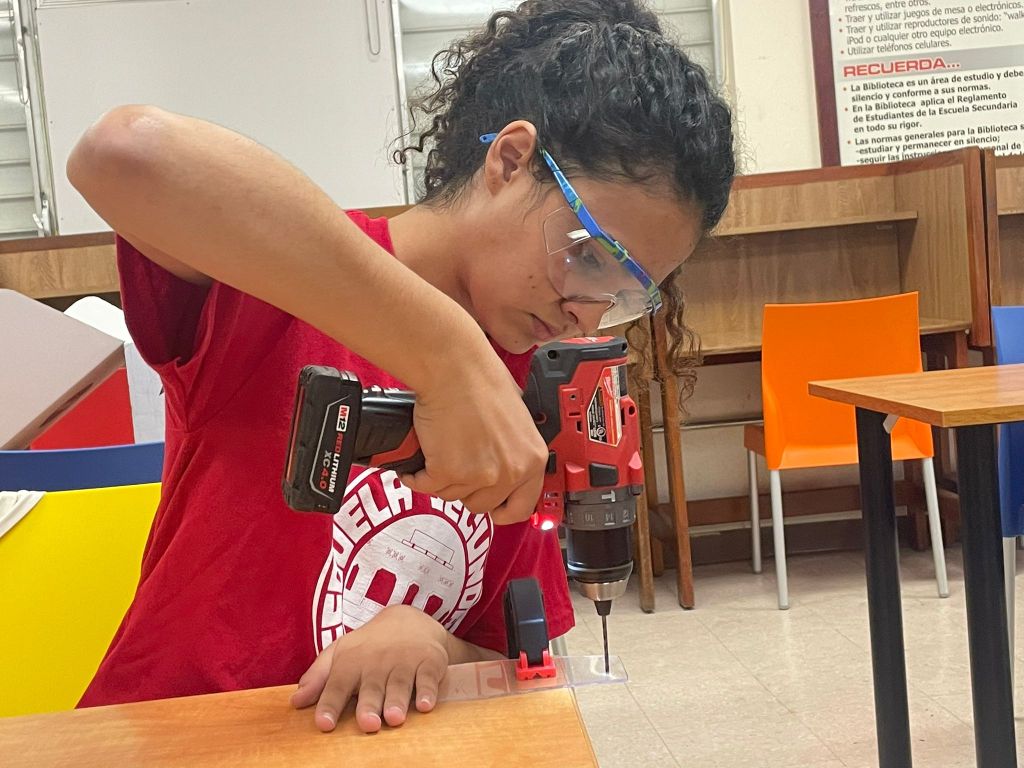
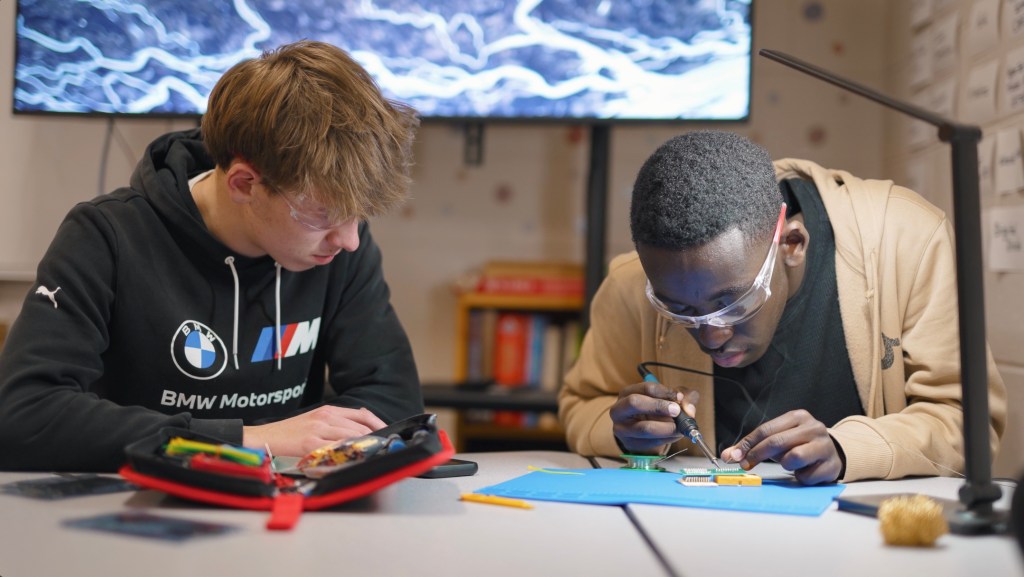
NASA TechRise Student Challenge
This nationwide contest invites students in sixth to 12th grades attending a U.S. public, private, or charter school — including those in U.S. territories — to team up with their schoolmates to design an experiment under the guidance of an educator. Teams submit ideas for experiments to fly on a NASA-sponsored commercial flight test aboard a suborbital flight vehicle. Competition winners receive $1,500 to build their payloads and no experience is necessary to join for the NASA TechRise Challenge.
challenge status
2025–2026 challenge closed
Flight Test Platform
High-altitude balloon and suborbital spacecraft
winners announcement
Expected January 20, 2026
Flight provider
World View Enterprises and Virgin Galactic
Developing a Nationwide Workforce | Bringing Experiments to the Launchpad | More about TechRise
Developing a Nationwide Workforce
Now in its fifth year, TechRise seeks to equip America’s future workforce with the skills needed to advance the U.S. aerospace economy, giving students real-world experience with the same processes that professional researchers follow. Nearly 20,000 students from across all 56 U.S. states and territories have engaged in the experiment design and proposal process for TechRise.
Learn about the challengeBringing Experiments to the Launchpad
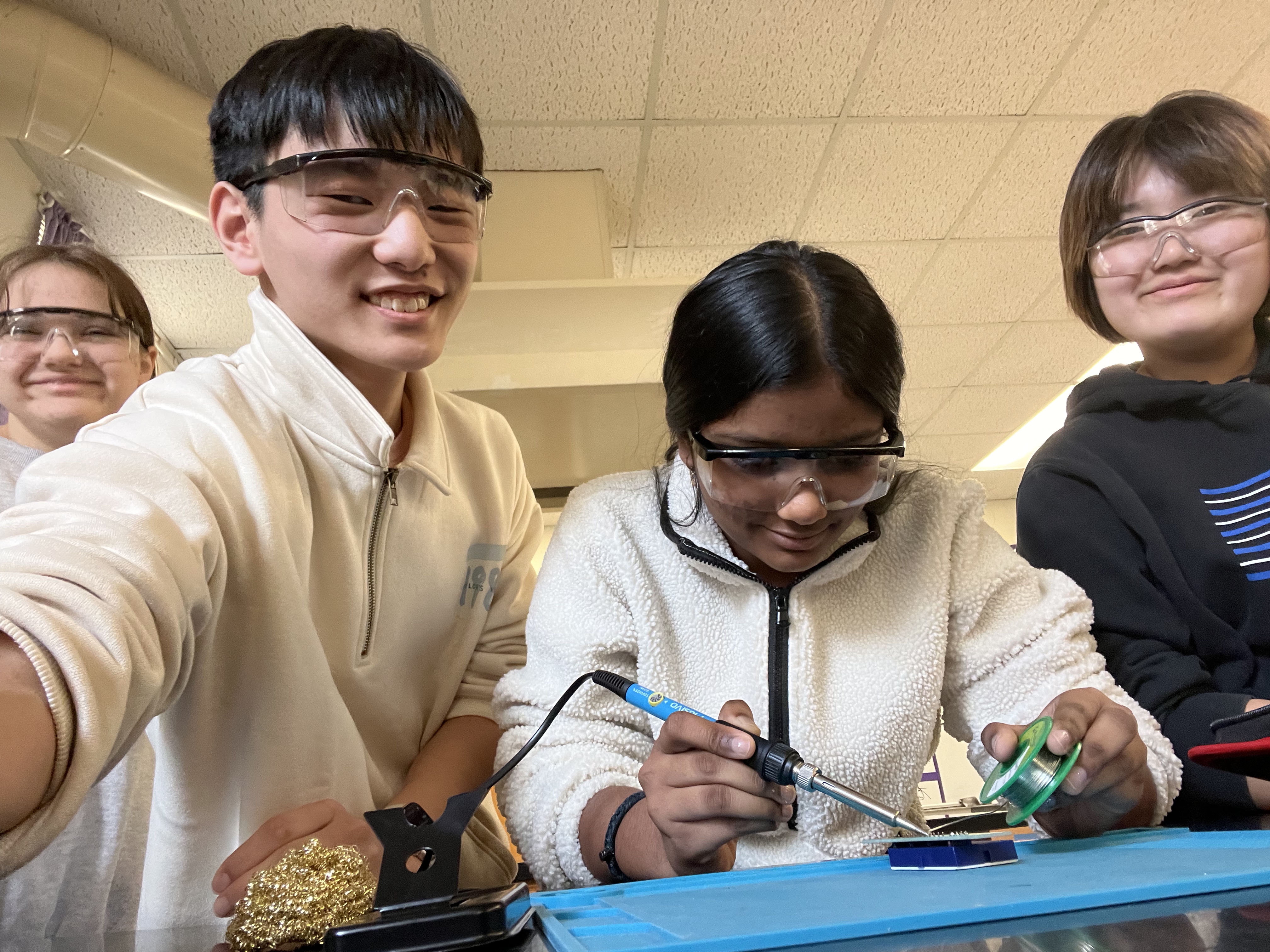
2024-2025 NASA TechRise team members at Auburn Junior High
School in Auburn, Alabama, work together to practice their soldering.
Credits: Hayden KwonFlying a payload on a suborbital vehicle exposes it to the conditions of space, allowing researchers — and TechRise students — to collect the data they need to validate their hypotheses and advance their research.
This year, students submitted proposals to fly their experiment on Tustin, California-based Virgin Galactic’s Suborbital-Spaceship or a high-altitude balloon operated by World View Enterprises of Tucson, Arizona. The suborbital spacecraft will provide approximately three minutes of microgravity with the additional opportunity to study the accelerations and conditions of spaceflight. The high-altitude balloon will provide about four to eight hours of flight time at 70,000 to 95,000 feet with exposure to Earth’s upper atmosphere, radiation, and perspective views of Earth.
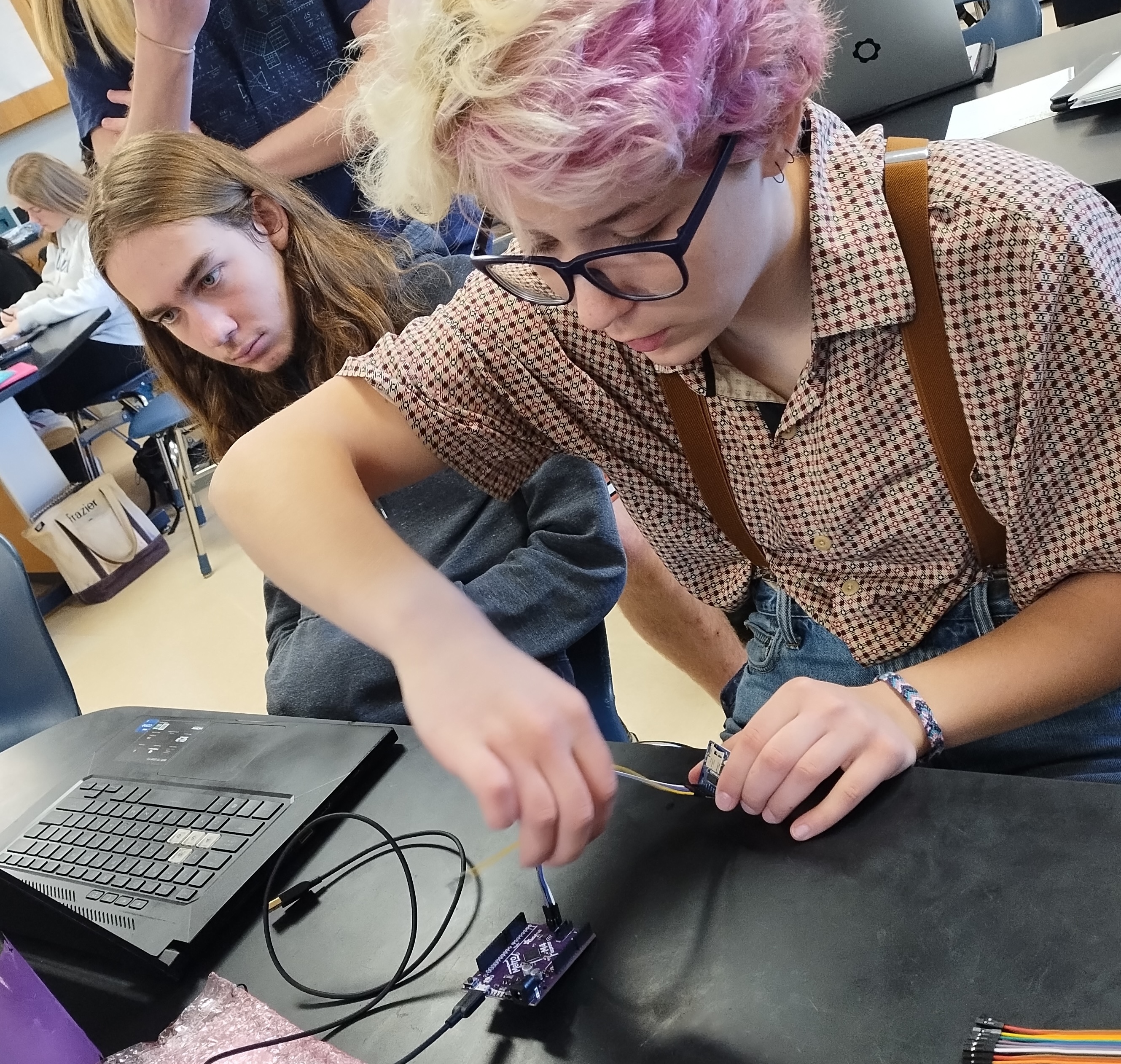
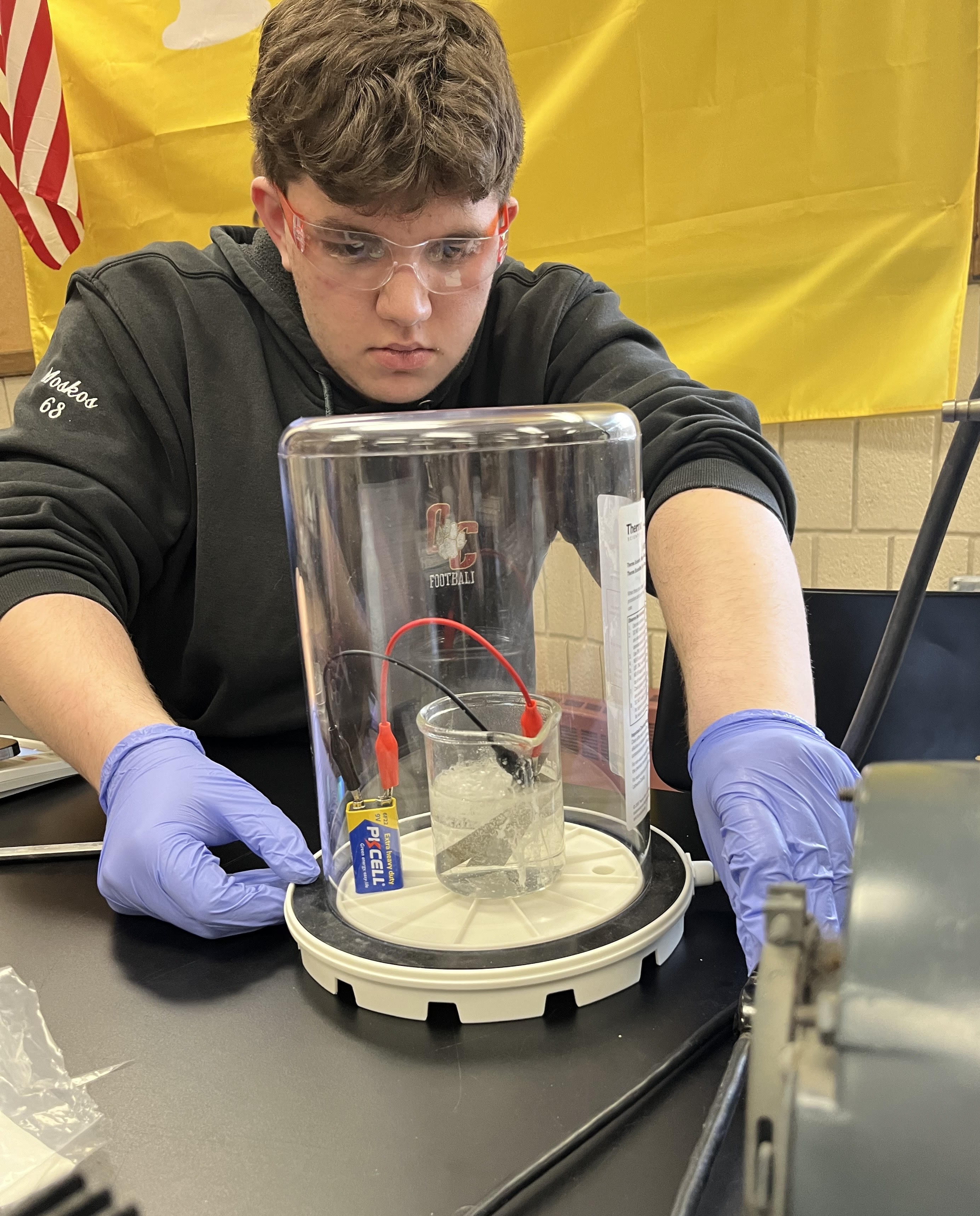
(left) A 2024-2025 NASA TechRise Student Challenge student from Decatur High School in Decatur, Georgia, tests a sensor using the flight simulator for their team’s project studying the correlation between ground and atmospheric conditions. Credits: Cassy Smith
(right) A 2024-2025 NASA TechRise Student Challenge team member from Old Colony Regional Vocational Technical High School in Rochester, Massachusetts, tests an electrolysis apparatus for the team’s high-altitude oxygen diffusion project. Credits: Audrey Perkins
For the 2025-2026 TechRise, NASA received entries submitted by middle and high school teams from 53 states and U.S. territories — the greatest geographic participation within a single year. NASA expects to select 60 winning teams to turn their proposed experiment ideas into reality, with the winners’ announcement anticipated for January 2026. In addition to $1,500 to build their payload, winning teams will receive technical support and mentorship to bring their project to life. The selected student teams build their payloads from January to May 2026, and the final experiments are scheduled to take flight in summer 2026.
Visit the competition site
“Tomorrow’s workforce lives in the bright minds of today’s students. By engaging the next generation of our workforce with hands-on learning opportunities like TechRise, we aim to give them the skills they need to take our country forward in technology, science, and space exploration.”
Danielle McCulloch, program executive, NASA’s Flight Opportunities program
More About the TechRise Student Challenge
Managed by NASA’s Flight Opportunities program at the agency’s Armstrong Flight Research Center in Edwards, California, and administered by Future Engineers, the TechRise Student Challenge fosters the U.S. space industry through use of commercial vehicles for flight tests, while strengthening America’s space technology researcher community and enabling students across the country to engage directly with professional engineers. Flight Opportunities purchases flight testing services from its portfolio of commercial providers for the competition.
TechRise is one of many NASA Prizes, Challenges, and Crowdsourcing efforts within NASA’s Space Technology Mission Directorate offering opportunities for the public to contribute to America’s space program.
Media
